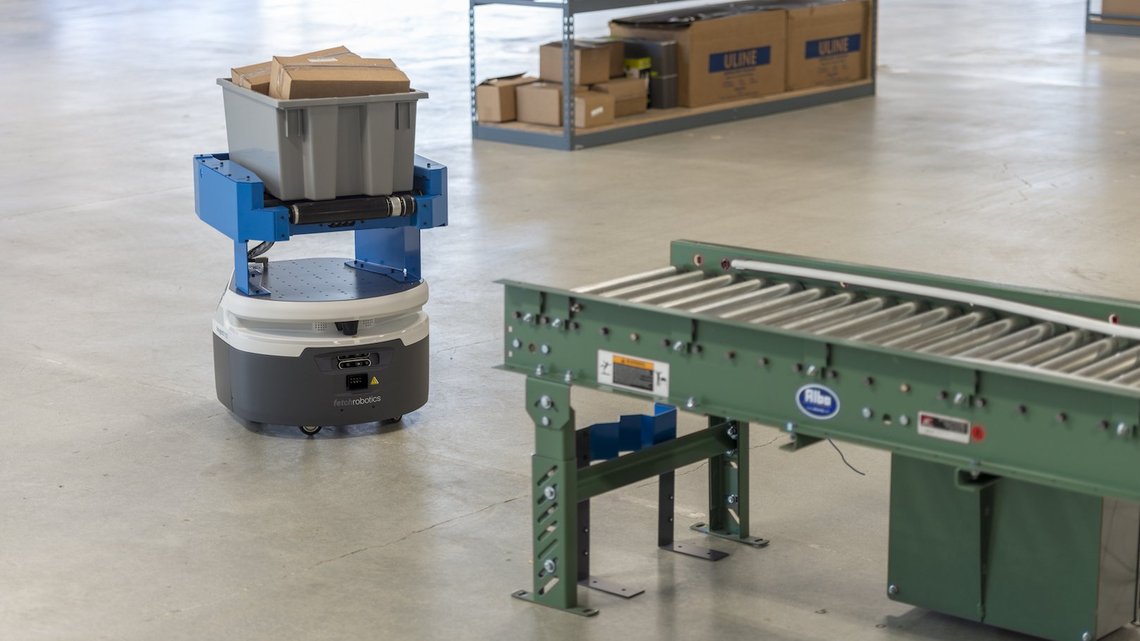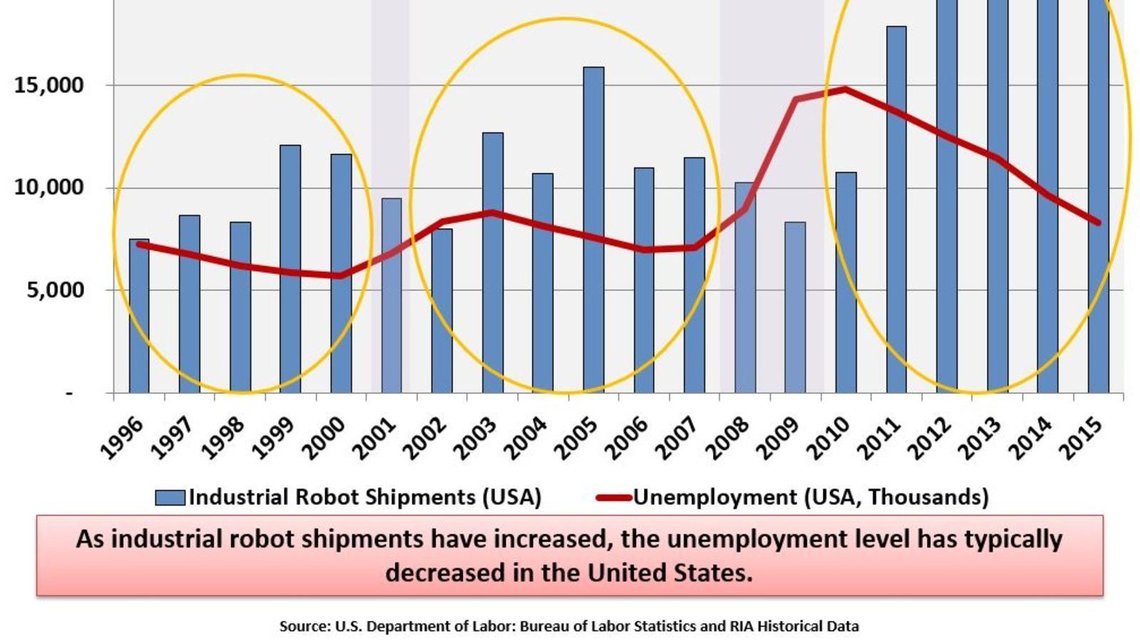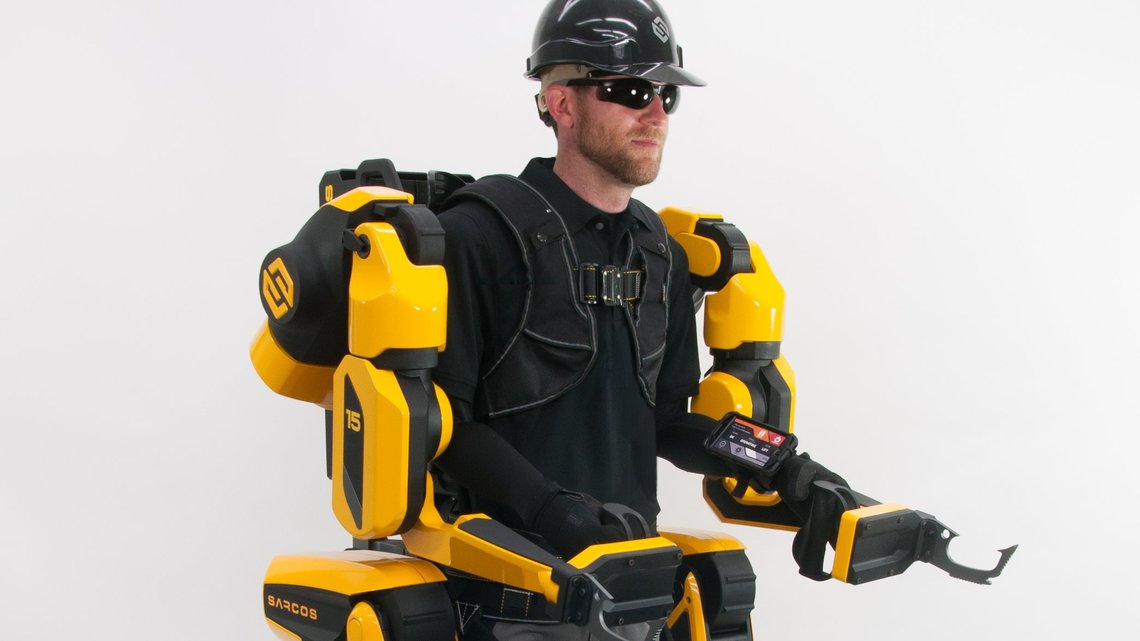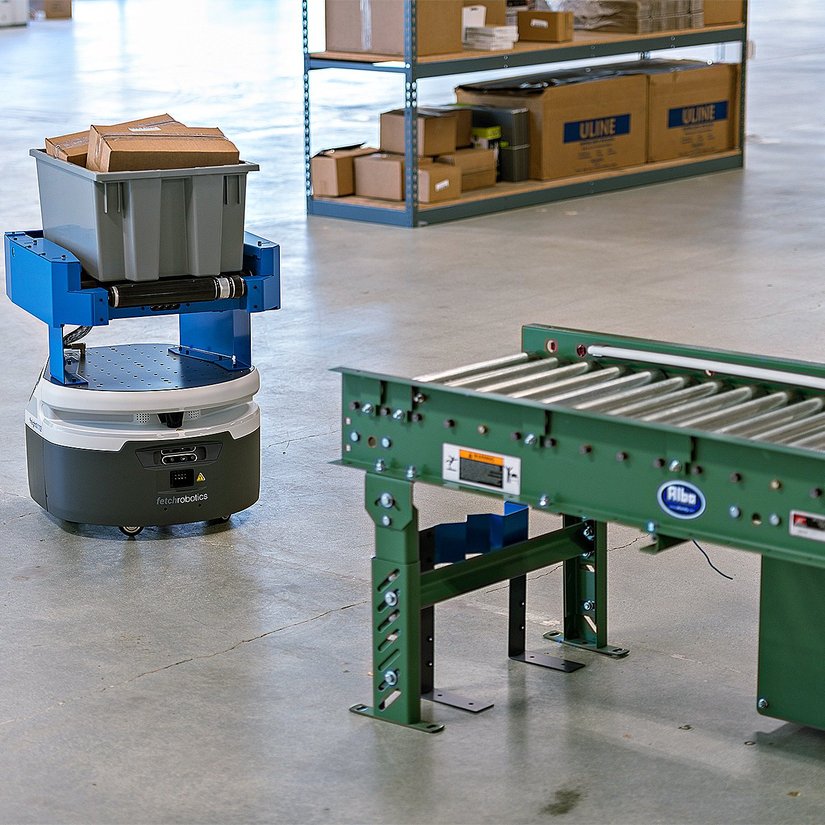So, the question now becomes which is driving which? Could there possibly be two fundamentally different scenarios, yet each scenario driving the same result? What are those scenarios you ask:
- The increased use of automation and robotics is creating new job opportunities resulting in higher rates of employment by creating new roles and even new industries resulting in low unemployment.
- Labor scarcity, a function of lower rates of unemployment due to a booming economy, is driving companies to invest in automation and robotics to offset the impact of labor scarcity.
Under each of these possible scenarios, unemployment is down and spending on automation and robotics is up. But, the driving forces of unemployment and spending on automation and robotics are different under each scenario. The importance of these differing scenarios cannot be overlooked, because each scenario will have a different economic impact in relation to the next time the US economy faces a recession.
Consider the first scenario listed above, where the increased spending on automation and robotics is creating new jobs, roles, and industries. This is a highly positive scenario for the economy, as it can likely stave off the risk of a recession, due to new economic opportunities having been created. However, the opposite is actually true related to second scenario mentioned above. Here, a recession may actually be longer and more negatively impactful. The reason for this is that the opportunity for displaced workers to find gainful employment will be more difficult as some of these opportunities will have become automated.
The next point to consider is whether these two scenarios must be mutually exclusive? Is it possible that there is a bit of each scenario taking place in the current state of the economy? The likely answer is that there is indeed a bit of both, plus some other factors not accounted for in this piece, that drive both the increase in automation and robotics while decreasing unemployment. However, the intent here is not to answer these questions (sorry). Rather, we’re driving the conversation around:
- How automation and robotics impact the economy
- Whether this impact can actually be a positive thing within the workforce
- How we can bring people, processes, and systems together to make it a positive thing.






